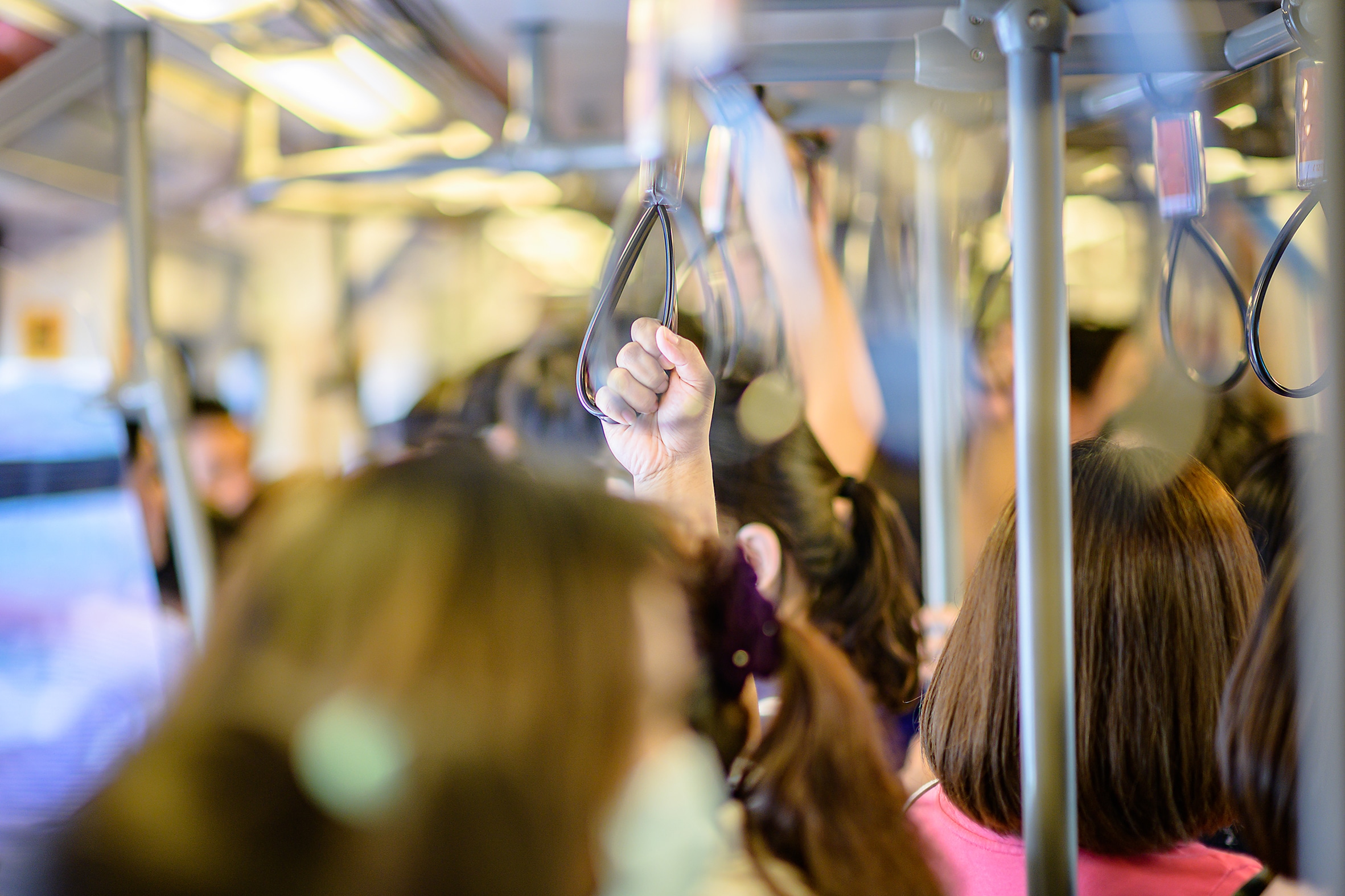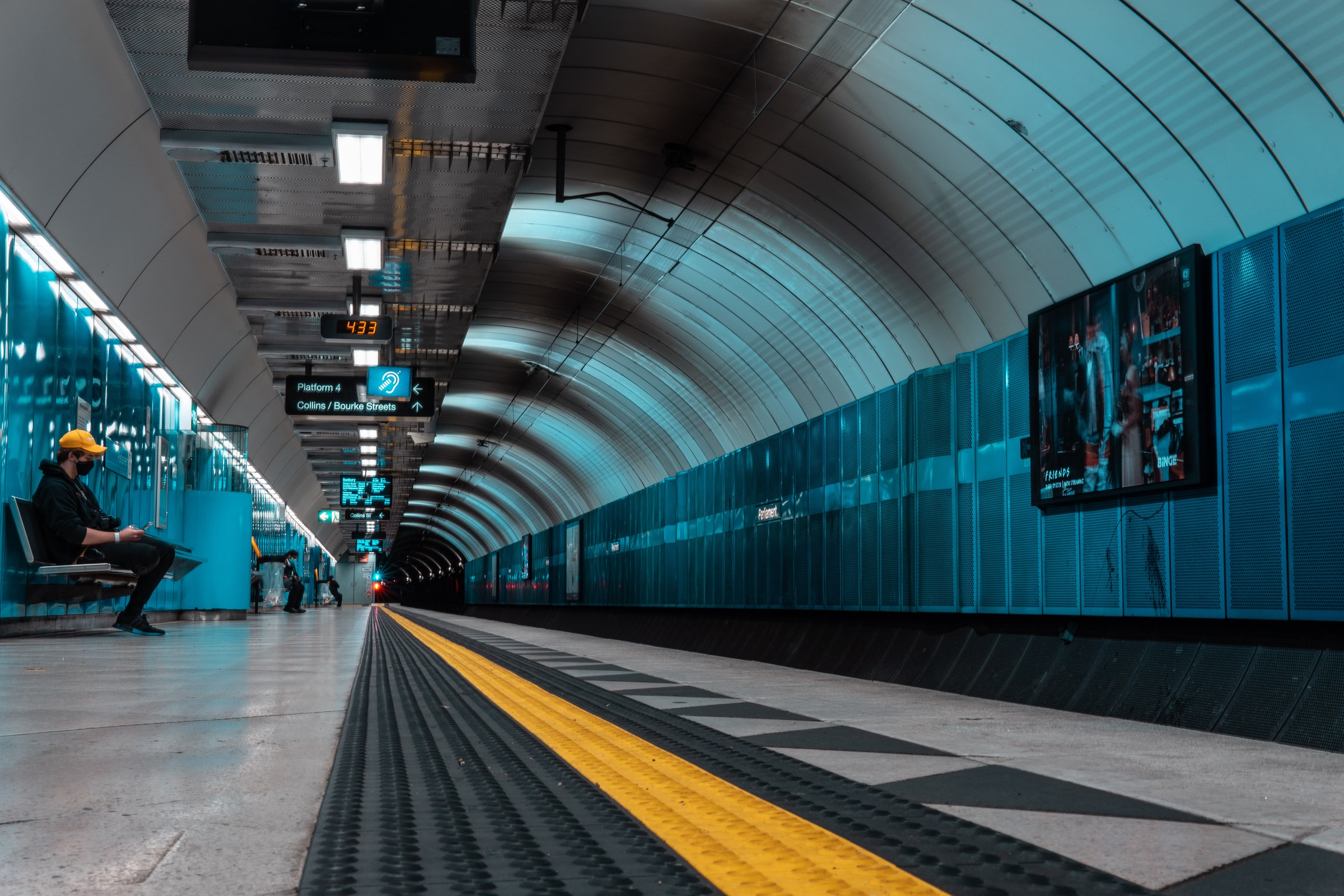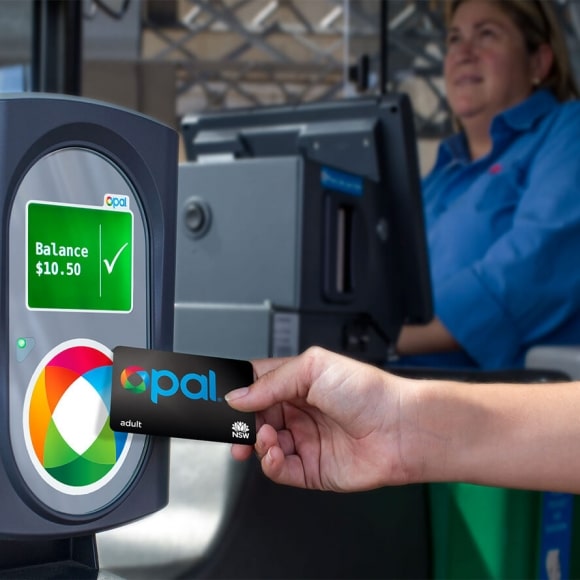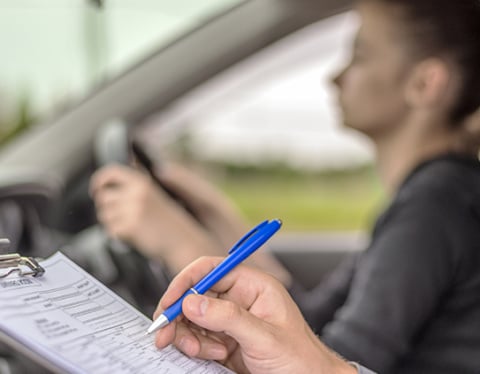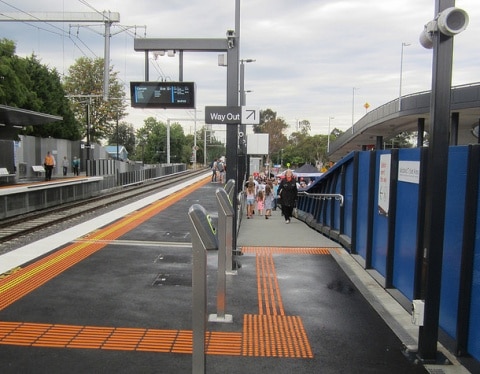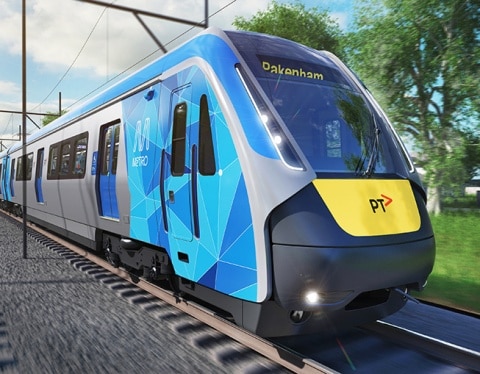Designing Rail Services for Passenger Safety and Satisfaction
A growing priority in the design and delivery of rail services is the enhancement of passenger safety and satisfaction. This is demonstrated in recent rail projects across the country that are focused on improving the overall quality of the passenger experience. This motivation for improvement is both due to legislation, and evolving social effects which create a demand for customer attention.
Accredited Rail Transport Operators (RTO) are subject to the requirements of the Rail Safety National Law (RSNL) and the Regulations as administered by the Office of the National Rail Safety Regulator (ONRSR). Two key objectives of the RSNL, which promote the focus on passenger safety and experience, are to “provide for continuous improvement of the safe carrying out of railway operations” and to “promote public confidence in the safety of transport of persons or freight by rail” (Rail Safety National Law Regulations (SA), 2012).
In addition to meeting the requirements under the RSNL, RTOs across the country are adopting a culture of ‘continuous improvement’ towards the overall passenger experience due to an increased need for public transport and the correlating desire to meet and exceed customer expectations on the rail network.
Within Melbourne, it is projected that by 2056, the state will hit a population of 11.5 million people, an increase of nearly 5 million from today (The State of Victoria Department of Environment, Land, Water and Planning, 2019). Although this number may see a decline due to the effects of COVID-19, this rapid population growth continues to justify the Victorian State Government’s rapid expansion of significant infrastructure and rail projects now and into the future.
As identified through extensive modelling conducted by the State of Victoria, annual patronage across all trains, trams and buses is forecast to grow significantly in the coming years, in line with Melbourne’s overall population growth (The State of Victoria, 2017).
This anticipated expansion in patronage is expected to be most notable in Melbourne’s key growth areas which are currently serviced by the Dandenong, Werribee, Watergardens/Sunbury, Craigieburn, Upfield, and South Morang lines.
Keeping up with these demands would not be possible without the implementation of rapid innovation, designs which meet future timetable requirements and the sustainment of the overall safety culture within each organisation.
Over the recent years, Public Transport of Victoria and Melbourne’s franchise metropolitan train rail operator, Metro Trains Melbourne, have become notable examples demonstrating how improvements to rail safety and operation involves both the design of the rail itself, in addition to the safety culture of the stakeholders undertaking the project.
Delivering passenger improvement and safety in Melbourne
Systematiq Consulting has been working with MTM to achieve these goals for continuous passenger improvement and safety for the High Capacity Metro Trains (HCMT) project. Systematiq has supplied consulting systems engineers and project managers to deliver risk assessments, safety assurance reports, and manage system safety requirements along with the project management framework employed within the organisation. This work is critical towards ensuring that the new fleet of trains are safe and deliver a comfortable journey for future passengers.
Jordan A’Vard, Systematiq’s senior consultant currently within MTM, discussed his thoughts around the importance of safety, customers and professionalism within rail and its comparison with the Defence sector.
“Having originally come from the Defence public service, it was an eye opening experience to see how a large state infrastructure project is run. In the Defence world, the sole mantra is “for the warfighter”. Every action, every decision, everything is done to ensure the safety and protection of our combat personnel and to ensure we bring them home safely. In the world of rail, that mantra is varied. For some, it’s about continuity of passenger services or human factors. For others, it’s about mitigating project risks or rebuilding stations. Yet despite the variety of motivational drivers, the reoccurring tenet of the rail environment is professionalism. Professionalism to see the project done, to manage the many stakeholders, and to deliver real change for our city.”
The High Capacity Metro Trains (HCMT) Project has strongly followed this philosophy, as the HCMT design provides additional functionality to what is considered standard for metropolitan railways.
Of note, the HCMT design will include the following functionalities to enhance passenger safety and satisfaction:
- Enhanced passenger information displays (PID) – to provide customers with more accurate information about their journey. The PID will show the next station, current time, and the train’s location on an adapted dynamic rail route map,
- Automatic selective door controls; to disable/enable the opening of selected doors under certain operating scenarios, thereby enhancing the safety of passengers on carriages and on platform,
- Additional on board CCTV cameras which are visible to the driver, to enhance security and safety on platforms, and
Wide doors for rapid ingress and egress from carriages, thereby reducing dwell times at stations.
Once the completion of the Metro Tunnel is achieved, the new high capacity signalling on board the HCMT will further enable trains to run more frequently on the busiest lines on the Melbourne Metropolitan Rail Network (Cranbourne-Pakenham/Sunbury).
Design thinking with passenger comfort top of mind
From the concept stage of the project, positively contributing to improving the customer experience has been a key objective for the HCMT project, with the overall aim to provide a ‘safe and comfortable journey’ for travellers on board. To encourage innovation and forward thinking within design, defining ‘how’ the HCMT should deliver a safe and comfortable journey was not technically prescriptive.
Instead, the key driving factors which aided the majority of frequent customers feeling comfortable were encouraged, such as operating a train which was temperature controlled, clean, quiet, spacious and one which provided comfort whilst standing and sitting. To ensure that most, if not all, passengers were considered when defining what an ideal ‘customer experience’ was, the driving factors were deliberately broad enough to consider the elderly, children and people with and without disabilities.
The new next-generation trains also incorporated a design engagement process, where hundreds of Victorians contributed feedback to make the trains more accessible and comfortable for the general public. Victorians from all backgrounds were engaged using a life-size train model, concluding with over 75,000 Victorians being able to experience the final 40-metre model train.
The Victorian Minister for Public Transport, Jacinta Allan commented, “[through this process] we will see bigger and better trains on our busiest lines, carrying more passengers and delivering a more comfortable ride.”
Innovative measures for a COVID normal environment
Enhancing the passenger journey is a dual benefit approach: not only do customer’s benefit, so do rail transport operators. In the current environmental climate, with COVID-19 continuing to present challenges to the public transport sector, it has been essential to help passengers feel confident and stay safe whilst travelling to sustain healthy levels of patronage. Although Melbourne’s city congestion is now at approximately 89% of pre-COVID levels, public transport patronage is at just 30 percent of normal, suggesting there is still hesitation to share journeys with others.
A large source of this concern is through maintaining social distancing on board a carriage. Practising social distancing outdoors has been a shift Australians have responded to well, however, maintaining a healthy distance within a constrained space poses additional challenges which at times may be out of a person’s control. However, despite these challenges, key rail operators around the nation have continued to find alternate ways to improve the safety standards on trains to aid in the comfort of passengers. The increased capacity on the HCMT will provide additional capability to practice social distancing on trains as we progress into a COVID normal environment. Further, the HCMT will also automatically estimate the passenger load, which will have the ability to be accessed remotely.
However, with an existing fleet where the luxury of additional capacity or enhanced ICT systems may not be available, rail transport operations have turned to rapid digital innovation to tackle the environmental, social and health effects of the pandemic. Notably, New South Wales Transport have invested in an upgrade to the Opal Travel app, which now provides passengers with updates of the expected levels of crowding during their normal departure times. Instead of utilising a digital on-board passenger counting system, authorities measure the weight of train carriages and then gauge the additional weight of each passenger to calculate how close to capacity a section is.
As the NSW Transport minister stated, “The new feature is a world-leading piece of innovation that uses real-time capacity and predictive data to help customers make better choices when travelling,”. It is additional investments like these which will help promote passenger safety and comfort, and continue to keep Australia’s public transport system in a healthy financial status.
As we address the increasing demand and Government priority for large infrastructure projects, Australia’s rail network is effectively building a culture whereby compliance with relevant standards is merely the benchmark for safety, performance and overall quality. The HCMT and Sydney Rail are exemplar demonstrations of how rail transport operators are prioritising the provision of an enhanced customer experience through rapid innovation to address environmental and social challenges.
Systematiq are a team of highly qualified consultants and are experts in rail consulting services. Our expertise is primarily in Rail and Transport Tender Writing and Project Procurement, Light Rail Consulting, Transport & Asset Management, and Rail Consulting. Talk to us about your next rail project and how we can support you moving forward.
This article was first published in Infrastructure Magazine and contributed to by rail consultant Edina Hadzovic.

